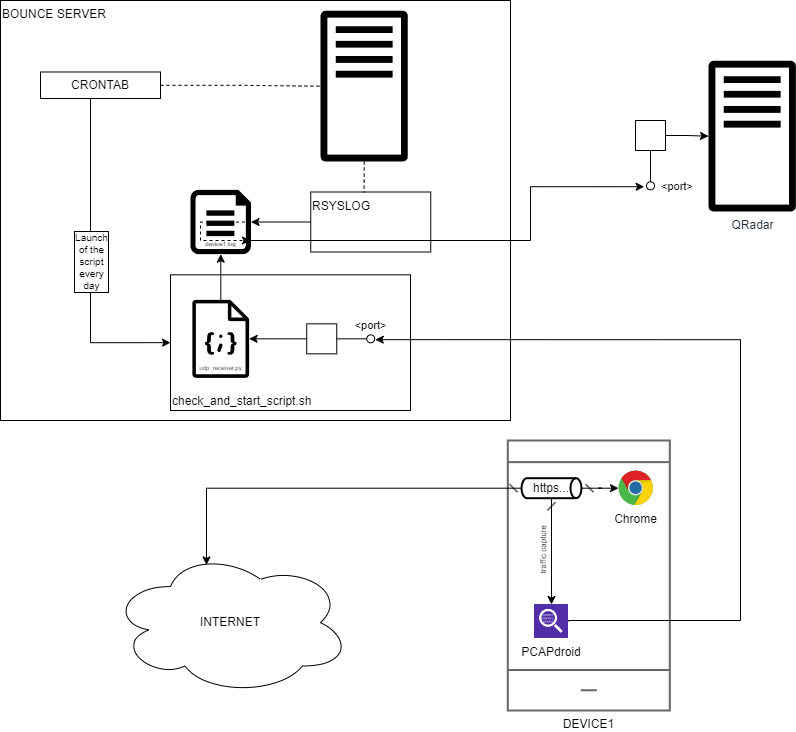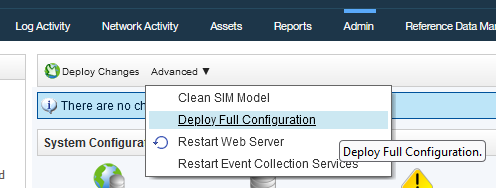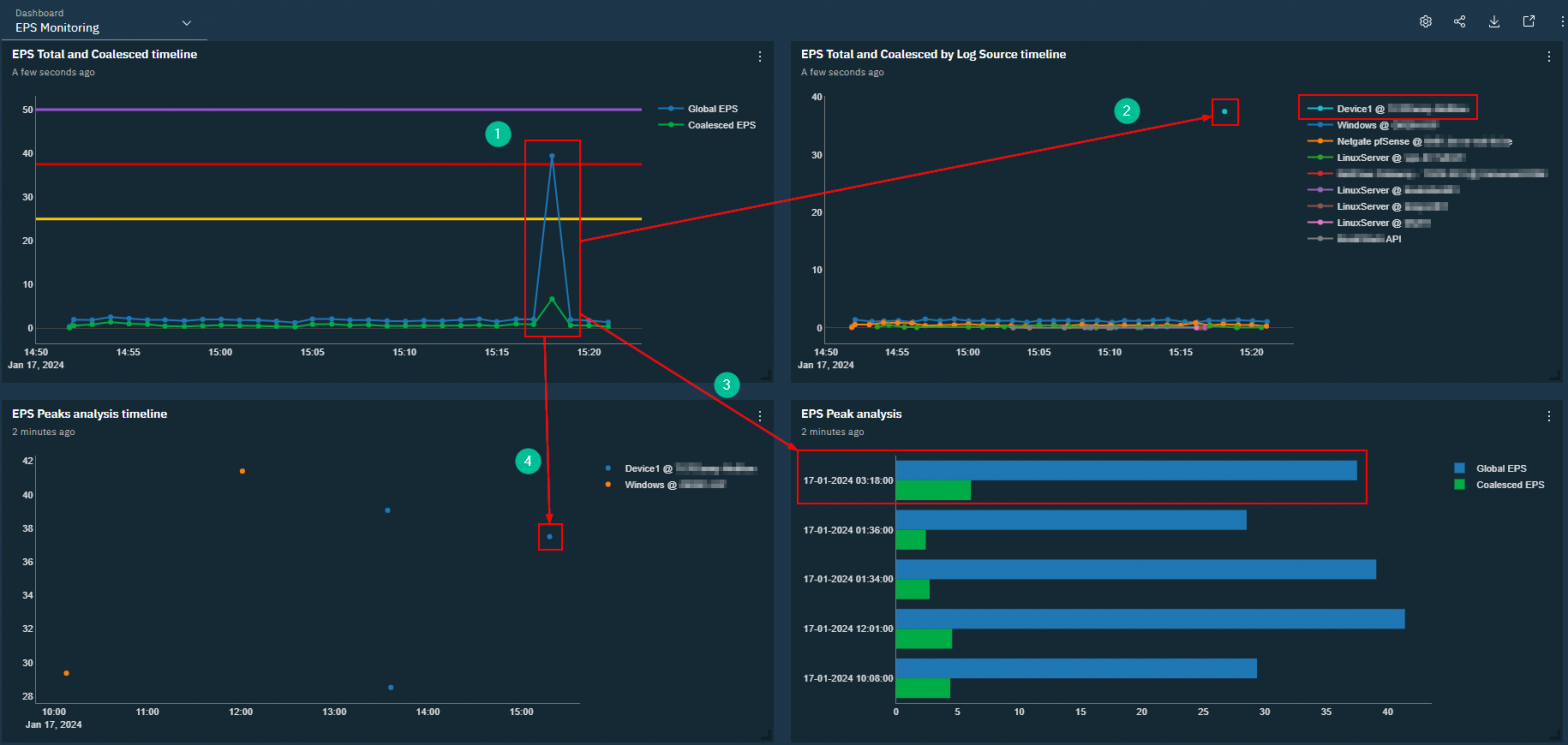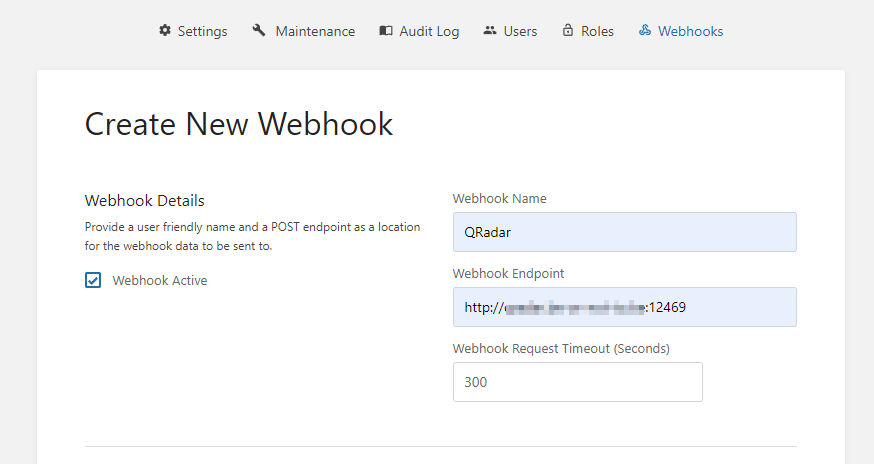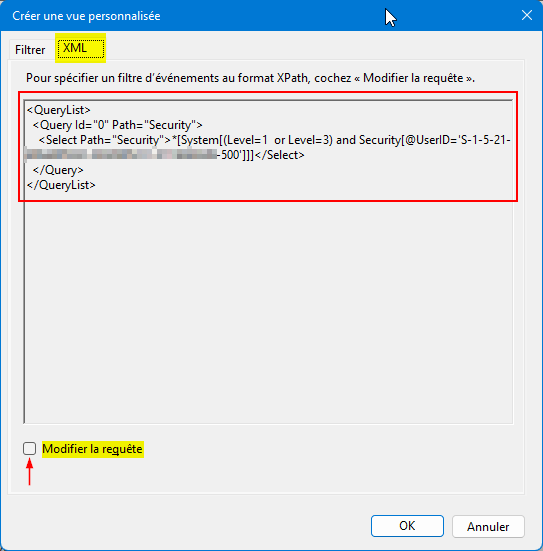1. Présentation du projet Bonjour à tous, nous allons voir ensemble comment mettre en place une collecte du trafic réseau de vos appareils Android. Le but est de vous montrer les capacités des différents blocs qui seront utilisés dans l’architecture de collecte pour que vous puissiez les ajuster selon vos besoins. Rentrons maintenant dans le…
Catégorie : Langues
HowTo #5 – Modifier le fichier de configuration QRadar (FR)
1. Introduction Bonjour à tous, nous allons découvrir aujourd’hui comment modifier le fichier de configuration de QRadar et ainsi activer ou modifier des options cachées. Ces options sont le plus souvent à utiliser dans des environnements de test car leurs modifications peut avoir un impact fort sur votre infrastructure. Attention : Je ne suis en…
HowTo #5 – Modify QRadar configuration file (EN)
1. Introduction Hello, in this article we will discover how to modify the configuration file of QRadar in order to unlock some cool features for testing purposes or to solve issues. Those options are, to be used in test environments preferably, that’s why it can have huge impacts on your infrastructure. Warning: I am not…
HowTo #4 – Understand AQL subqueries (EN)
1. Introduction Hello everyone, today we will discover how to make advanced AQL request with subqueries. They allow us to do action that are not possible with simple AQL request as well as combined requests in one request. There are two types of subqueries: 2. HowTo In a more technical point of view, you can…
HowTo #4 – Maîtriser les subqueries AQL (FR)
1. Introduction Bonjour à tous, nous allons découvrir aujourd’hui un fonctionnement plus avancé des requêtes AQL, j’ai nommé les « subqueries » ou « sous-requêtes ». Elle permet de faire des actions impossibles à faire avec de simples requêtes mais également de combiner plus requêtes et donc potentiellement plusieurs tâches en une seule fois. Il existe deux types de…
HowTo #3 – Monitorer les EPS (FR)
1. Introduction Bonjour à tous, nous allons découvrir aujourd’hui comment superviser vos EPS (Events Per Second) sur votre infrastructure QRadar de manière ludique. En effet, une bonne maîtrise et compréhension des variations d’EPS est la base d’un QRadar sain puisque des répétitions non maîtrisées de pics de logs peuvent amener à des instabilités. De plus…
HowTo #3 – Monitor EPS (EN)
1. Introduction Hello, in this article we will discover how to monitor EPS (Event Per Second) of your QRadar infrastructure in a cool way. Indeed, if you want a healthy QRadar you need to monitor and have a good comprehension of EPS variation. In fact, many peak of logs can result into instabilities of your…
HowTo #2 : Catch webhooks in QRadar (EN)
1. Introduction Hello everyone, today we are going to see how to collect in QRadar elements sent by external applications via HTTP protocol. Indeed, many applications offer this feature and it’s often interesting in terms of security and supervision in general to collect this type of information. For this article, we are going to use…
HowTo #2 : Collecter des webhooks dans QRadar (FR)
1. Introduction Bonjour à tous, nous allons voir dans cet article comment collecter dans QRadar des éléments qui sont envoyés par des applications externes via le protocole HTTP. En effet, beaucoup d’applications proposent cette option et il est souvent intéressant d’un point de vue sécurité et supervision de collecter ces informations. Dans cet article nous…
HowTo #1 : Manipulation of Windows log files (EN)
1. Introduction Hello everyone, here we are, the first article in a series where I will present you small tips to save time everyday on cybersecurity subjects. Today, we will see how to easily manipulate Windows logs with Powershell. If you have already used the event viewer on Windows, you may have noticed several limitations.…

